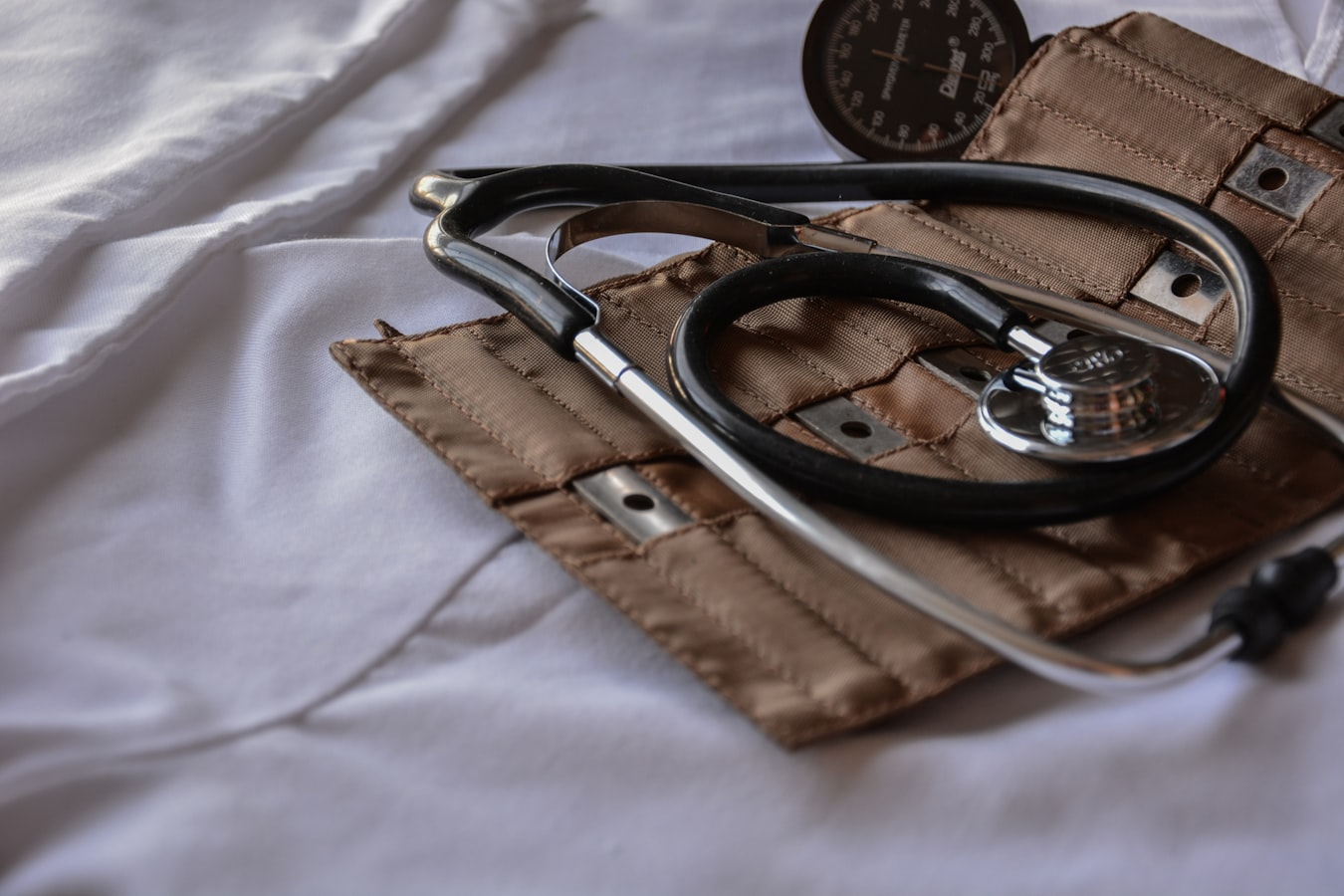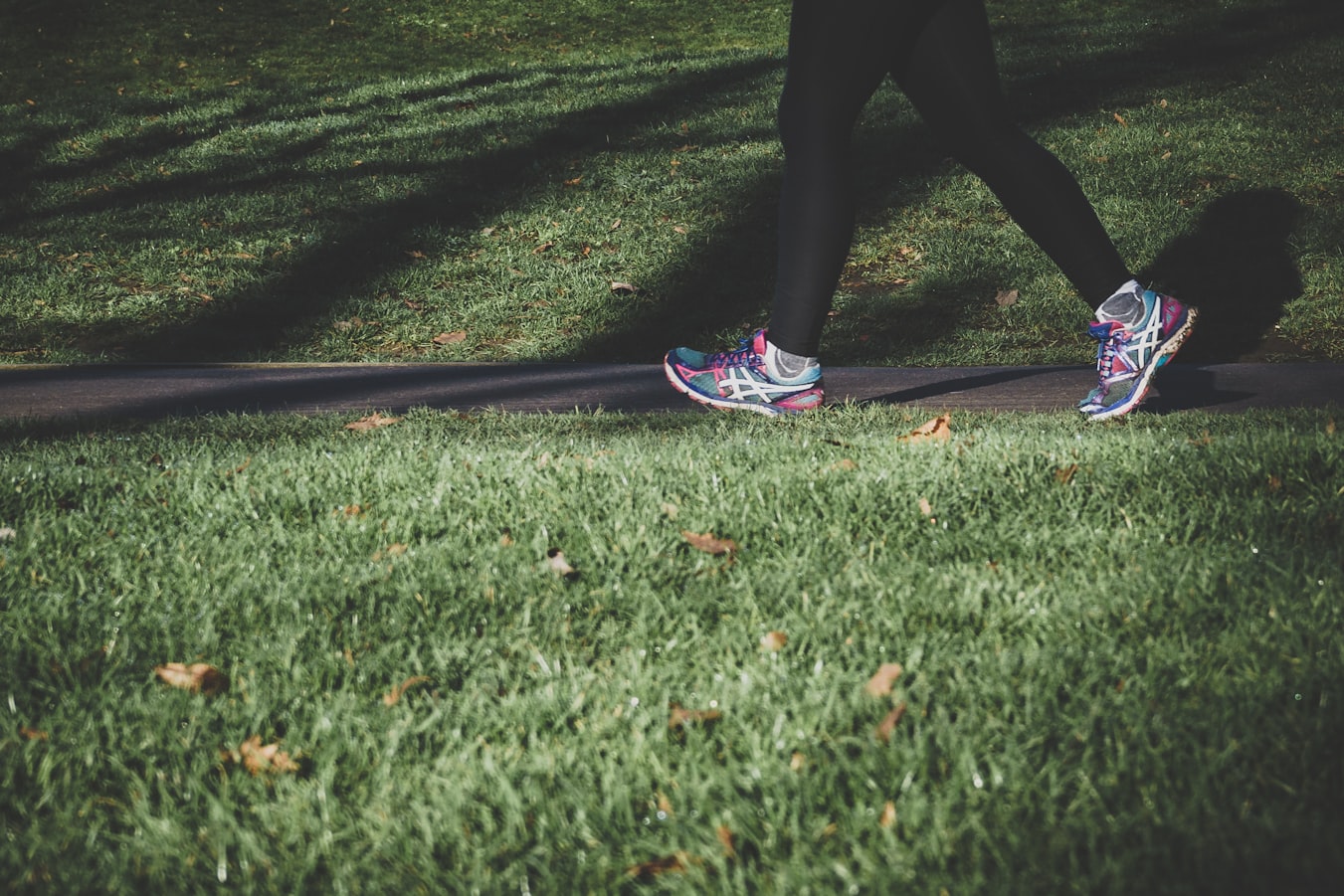About 5% of people who catch COVID have long-lasting symptoms. In these people, loss of smell, dizziness, fatigue and other hallmark COVID symptoms can persist for months after the initial illness. Yet even five years after the COVID pandemic began, we still don’t know why some people develop long COVID and others don’t.
Authors
- Helen McGettrick
Reader in Inflammation and Vascular Biology, University of Birmingham
- Jonathan Lewis
Research Fellow, School of Immunity and Infection, University of Birmingham
But a recent study brings us a step closer to understanding who is at greatest risk of developing long COVID. The study found that women have a much higher risk of developing long COVID compared to men.
Published in Jama Network Open, the paper investigated symptoms of long COVID in 12,276 adults. Each participant had had COVID at least six months earlier. Using a questionnaire, participants gave information on their current symptoms, allowing researchers to identify those with long COVID.
While previous research has also uncovered a similarly increase long COVID risk in women, these studies had small sample sizes and didn’t consider certain factors that may have distorted the findings.
The new study took these various factors into account in their analysis, including a participant’s age, race, vaccination status and whether they had any other health conditions. This allowed them to better calculate the risks of developing long COVID for men and women.
Their results indicated that women had 31% higher chance of developing long COVID than men.
When broken down by age, this difference disappeared in people aged 18-39. However, the risk was even greater in women aged 40-54, who had a 48% higher risk of developing the condition compared with men. Women over 55 had a 34% higher risk of developing long COVID.
Interestingly, this finding is contrary to data on COVID infection severity, which shows men are more prone to developing severe symptoms. They also make up around two out of three COVID deaths .
While researchers don’t currently know why women are at greater risk of long COVID, differences in the way men’s and women’s immune systems respond to COVID could be a factor.
Immune differences
The immune system is a fascinating, complicated system with many different types of cell, each of which has a specific role in fighting infection.
For instance, B cells make antibodies that target infections, while non-classical monocytes regulate immune function and clear up dead and damaged cells. Our cytotoxic T cells kill virus-infected cells, while helper T cells help activate other immune cells and signal that there’s an issue.
But the proportion and type of immune cells that circulate in the body can differ by sex and age.
For example, older women have lower proportions of cytotoxic and helper T cells , higher percentages of activated B cells and a higher total number of non-classical monocytes compared to younger men and women.
People with long COVID also have a higher number of non-classic monocytes and more activated B cells compared to those who didn’t have long COVID. Given that older women already have a higher proportion of these cell types even before an infection, it’s possible that this may explain why they were at the greatest risk of developing long COVID.
But these aren’t the only immune function differences in women that may account for their greater risk of long COVID.
Women generally have a more intense immune response to infections than men – including against COVID . This more intense response can mainly be accounted for by differences in hormones and the fact that women have two X chromosomes .
In particular, the hormone oestrogen plays a vital role in controlling the immune system. Oestrogen helps contribute to the enhanced immune response that occurs when a person develops an infection. The severe drop in oestrogen that occurs during the menopause may also explain why women are more susceptible to an infection and longer lasting diseases.
In this recent Jama study, peri-menopausal women and women who had reached the menopause were at greatest risk of developing long COVID. This suggests oestrogen may be a contributing factor.
After fighting an infection, immune cells should die off – stopping prolonged, uncontrolled damage to the body. While the more intense immune response women have to an infection may be beneficial in reducing the initial severity of the COVID infection, this persistent, heightened immune response and any damage it causes to the body may increase the possibility of long COVID occurring.
Such prolonged, higher intensity immune responses are known to promote the development of autoimmune diseases – where the body’s immune system attacks itself. Women have a higher prevalence of many autoimmune conditions, including rheumatoid arthritis , Sjogren’s and multiple sclerosis .
Although COVID isn’t an autoimmune disease, autoantibodies (proteins released by B cells that attack the body’s own cells and tissues) have been found in people with long COVID. These antibodies promote long COVID symptoms. Possibly women are at greater risk of long COVID for the same reasons they’re at greater risk of developing an autoimmune condition.
The findings from this recent study add to our understanding of long COVID – pointing to which groups are at greatest risk of developing the condition. More work needs to be done to explore differences in how long COVID differs based on sex and age – and the mechanisms that trigger long COVID to begin with.
Through understanding the who and why of long COVID, it might allow for new treatments to be developed.
![]()








